Tifos, flares, songs sung in unison, insults (often aimed at referees), and wild celebrations when the ball hits the net — these are the familiar rituals inside football stadiums across the world. While some fanbases are more passionate than others, many stadiums are temples of football culture.
Yet, some of these iconic venues weren’t always dedicated to football. Before they echoed with chants and goal celebrations, they were arenas for the Olympic Games — filled with flag-raising ceremonies, the release of doves, thunderous anthems, 100-meter sprints, marathon finishes, and the ceremonial lighting of the Olympic flame.
This post explores stadiums that have transitioned from Olympic glory to football fervor, becoming the home of clubs and fans. Plus, we include a few notable mentions that — while not club stadiums — are deeply entwined with both Olympic and football history.
1. Luzhniki Stadium – Torpedo Moscow
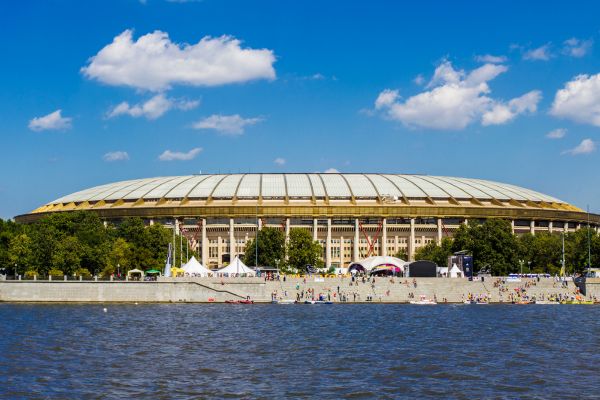
Originally built for the 1980 Summer Olympics, Luzhniki Stadium is now home to Torpedo Moscow. Previously, it also hosted FC Spartak Moscow and remains one of Europe’s largest stadiums, with a capacity of over 81,000. It’s seen Olympic events, Champions League finals, and the 2018 World Cup Final, making it a true sporting icon.
2. Estadio Olímpico Universitario – UNAM Pumas
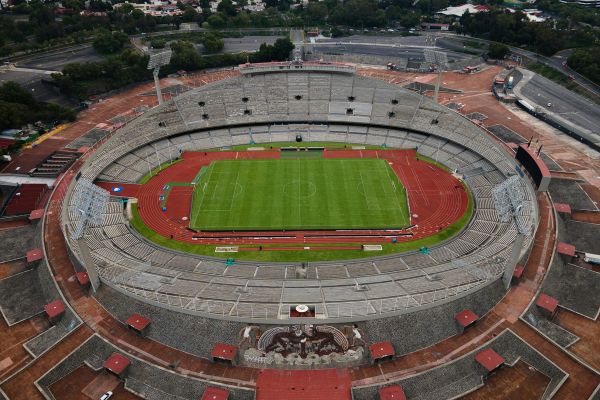
Constructed for the 1968 Olympics, this Mexico City stadium is now home to UNAM Pumas. With a capacity around 72,000 and striking architecture, it’s a cultural and sporting hub, known for passionate fans and major football fixtures.
3. Olympic Stadium – Hertha BSC
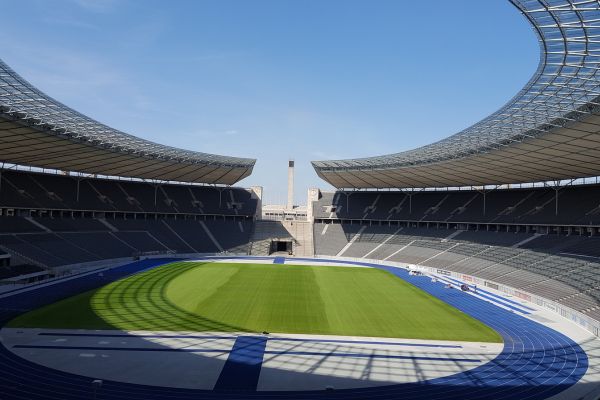
Berlin’s Olympic Stadium, built for the 1936 Games, now houses Hertha BSC. Renovated extensively, it blends historic gravitas with modern comforts. With a 74,000+ capacity, it’s hosted World Cup matches, Euro finals, and weekly Bundesliga drama.
4. London Stadium – West Ham United
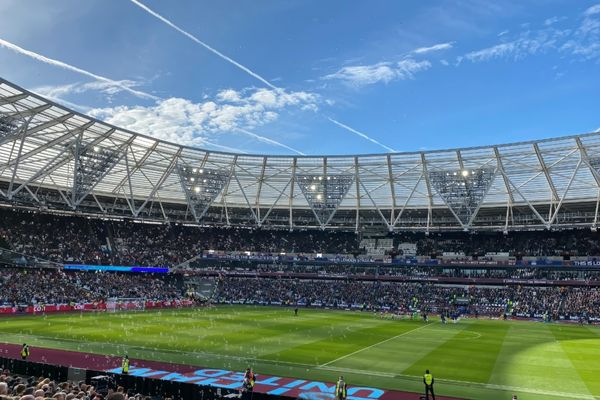
Originally designed for the 2012 London Olympics, the stadium was repurposed for football and became West Ham United’s home. With a capacity of 66,000, it's a modern venue that balances Olympic legacy with Premier League excitement.
5. Stadio Olimpico – AS Roma & Lazio
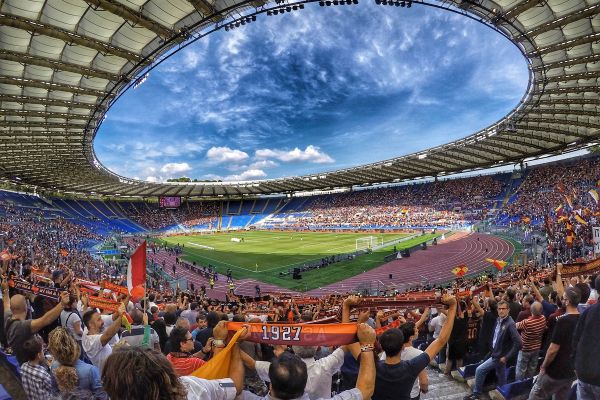
Built for the 1960 Olympics, Rome’s Stadio Olimpico is now the shared home of AS Roma and Lazio. With over 70,000 seats and a fierce local rivalry, it’s a cauldron of football energy — especially during the Rome derby.
6. Olympic Stadium – AEK Athens & Panathinaikos
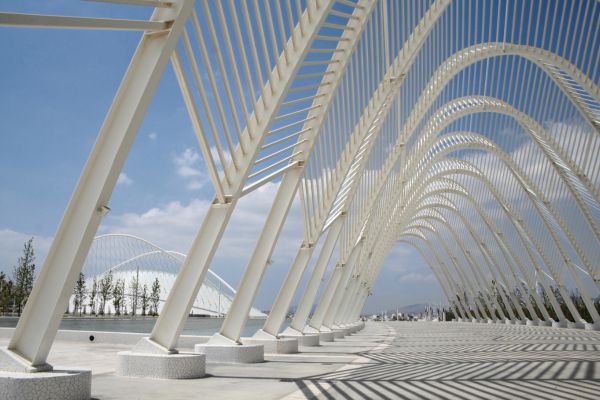
Built for the 2004 Summer Olympics in Athens, the stadium has served as home to both AEK Athens and Panathinaikos. While Panathinaikos is the current primary tenant, it remains a key venue in Greek football and history.
7. Maracanã – Flamengo, Fluminense & Vasco da Gama
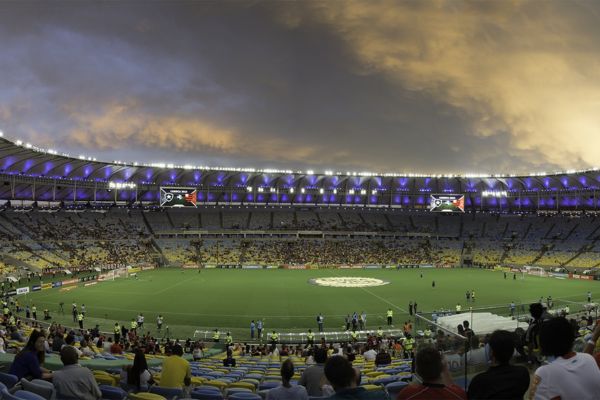
Though built for the 1950 World Cup, Rio’s Maracanã was revamped for the 2016 Olympics, hosting ceremonies and finals. It remains a spiritual home of Brazilian football, shared by Flamengo and Fluminense, and regularly hosting major fixtures.
Honourable Mentions
8. Olympiastadion – HJK Helsinki
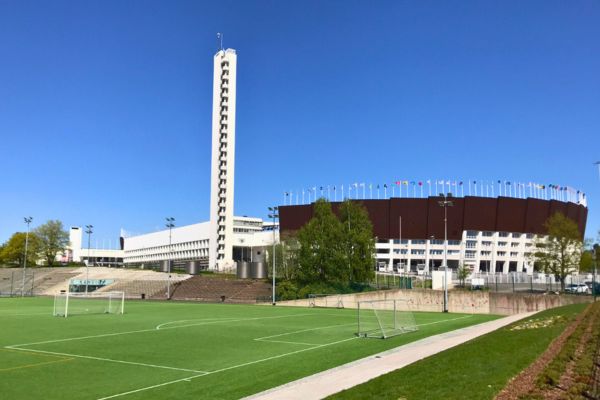
Built for the 1952 Helsinki Olympics, the stadium now occasionally hosts HJK Helsinki for major matches. Its tower and architectural style make it one of Finland’s most iconic sporting venues.
9. Stadio Olimpico Grande Torino – Torino FC
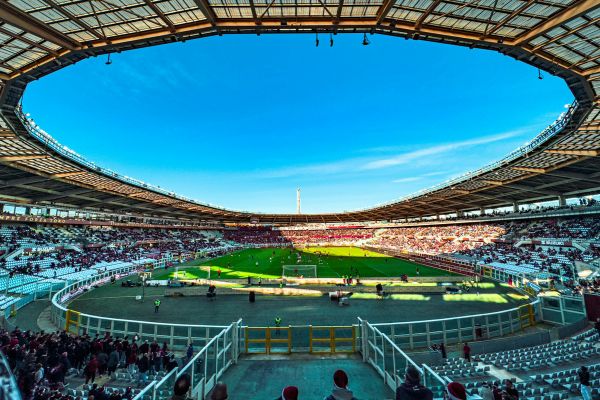
Host of the 2006 Winter Olympics ceremonies, this stadium is now home to Torino FC. With deep ties to the legendary "Grande Torino" team of the 1940s, it’s steeped in football heritage.
10. Estadi Olímpic Lluís Companys – FC Barcelona (temporary)
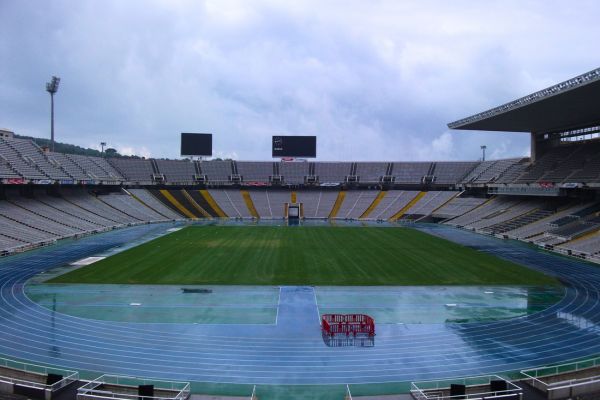
Built for the 1992 Barcelona Olympics, this stadium was once home to Espanyol and now temporarily hosts FC Barcelona during the Camp Nou renovation (2023–2025). A stadium with Olympic roots and Catalan football significance.
11. Stade de France – France National Team
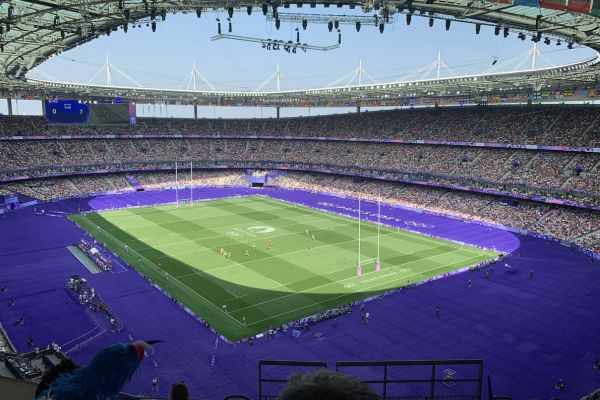
Though not a club stadium, Stade de France deserves mention. Built for the 1998 World Cup (which France won), it was also the centrepiece for the 2024 Paris Olympics. It has hosted World Cup and Euro finals, multiple Champions League finals, and major international matches — cementing its place in football history.
12. Wembley Stadium – Arsenal, Tottenham (temporary use)
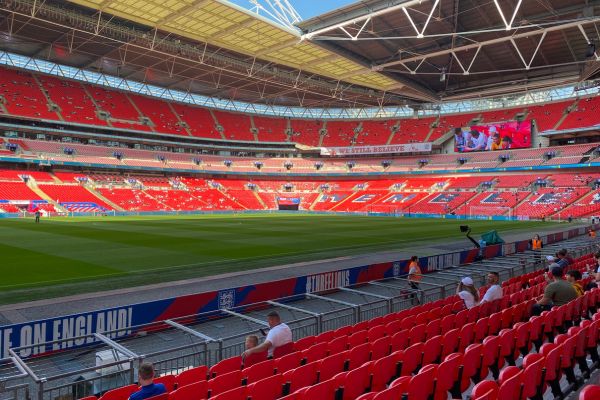
The original Wembley hosted the 1948 Olympics. Though demolished in 2002, the new Wembley Stadium was built on the same site and opened in 2007. It's hosted countless football finals and served as a temporary home for both Arsenal and Tottenham:
-
Arsenal played their Champions League matches at Wembley from 1998–2000 to take advantage of the larger capacity.
-
Tottenham Hotspur played all home matches there during the 2017–2019 seasons while their new stadium was under construction.
Despite its Olympic origins and primary role as a national stadium, Wembley holds a special place in club football lore.
The Legacy of Olympic Stadiums in Football
Olympic stadiums symbolize moments of unity, athletic excellence, and global celebration. As they transition into homes for football clubs, their stories evolve — but the prestige remains. These venues are more than bricks and seats; they’re archives of history and passion.
For more legendary venues, explore our dedicated page on the world’s most historic football stadiums.
